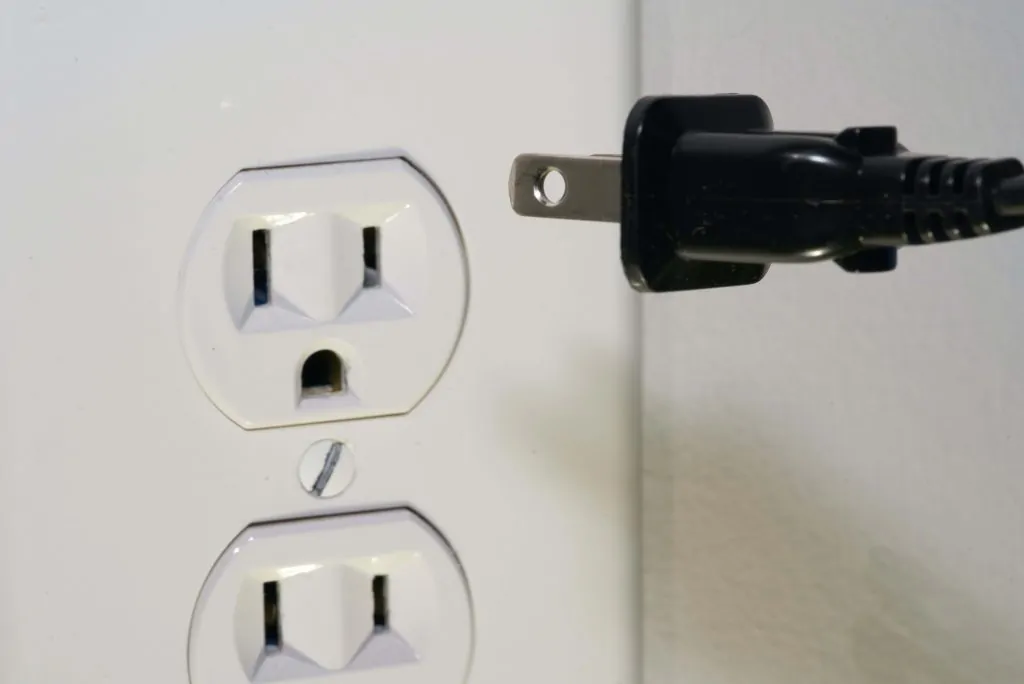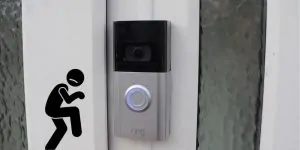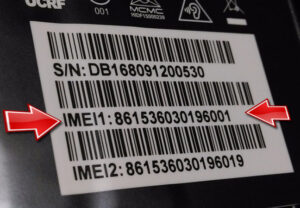You may be wondering if you can plug your smart plug or smart adapter into an extension cord or power strip. Is it even safe to use a smart plug with an extension lead?
Just because a smart plug looks like an adapter or a power strip, it doesn’t mean it can be plugged into one.
The answer isn’t straightforward because there are many considerations involved, including possible electrical faults and even fire hazards, but this article will help clear things up!

Can You Plug A Smart Plug Into A Power Strip?
As a general rule, you can plug a smart plug into a power strip or extension cord. Smart plugs on a power strip are safe to use as long as you are not plugging in an electrical device with a wattage that is too high for both the plug and the power strip to support.
Even though you can plug a smart adapter into an extension cord, you should use common sense and good judgment when doing so. If the smart plug doesn’t specify that it is safe to be used with an extension cord, we recommend not using it because this could pose a safety hazard.
Check the wattage of your power strip and the smart plug to confirm you’re using it safely. Anything plugged into your smart plug while it is linked to the power strip must not exceed the wattage of either device. For example, a portable air conditioner that is rated at 1100 watts should not be plugged into a power strip or extension cord that is rated at only 1100 watts or less.
Can You Plug a Power Strip Into a Smart Plug?
A power strip works much like an extension cord in that you are using multiple outlets at once without having to switch them on and off individually.
You can use a power strip into a smart plug and you should know that if you use a power strip plugged into a smart plug, if you only shut off the smart plug, then the entire power strip will be shut off as well. This is because it’s plugged into a smart device that can turn off all of its outlets at once!
The configuration of a power strip into a smart plug may be bulky and if you have many outlets on the power strip, it may be a waste since the power strip switches off and on as the smart plug does. If you only want to switch off individual devices on a power strip, then you should check out our smart power strips. Read on to see our recommendations below!
How Much Power Can a Smart Plug Support?
Many smart plugs are only designed to support a maximum of 15 amps, which is 1800 watts. If you want to use a smart plug with an extension cord or power strip, the total wattage that can be used should not exceed this amount.
In most cases, the instructions on how many amps your device supports will appear on the box of the device or in the manual. In some rarer cases, they may even say it directly as “1000W max” for example on the smart plug manufacturers app.
Alternatively, you can search up for the brand of your smart plug in the Ol’ Trusty Google. Make sure to search up the wattage requirements of the power strip or extension cord too if you are unsure! The device manufacturers should have a section on their website detailing the wattage requirements for their products.
Keep in mind however that if there isn’t any clear indication about whether or not it’s safe to use with an alternative powering source such as a power strip and/or extension cord then we recommend using caution and common sense!
How to Tell if You Have Correct Wattage
Since smart plugs were made to be “smarter” than the conventional adapter, they also tend to be safer to use and operate.
In fact, smart plugs have been tested to withstand a wattage of up to 1800 watts. This is well above the maximum that should be used with an extension cord or power strip even though it may seem like you can get away using more than this amount on occasion!
It’s important for consumers who are using smart plugs and smart adapters to be aware of the wattage limits that their devices can safely withstand when they’re plugged into a power source such as a power strip or extension cord. This will ensure there is no risk in using these devices together.
What Happens if I Exceed the Wattage?
If you exceed the wattage limit of your devices when they’re plugged into a power source such as an extension cord and/or power strip, then there is a risk that it could lead to an electrical fault and/or overheating in both device’s outlets or in their cords.
This could cause damage to the smart plug and extension cord which may be difficult for consumers to determine if they can’t see any visible signs of this happening immediately after using these items together!
It’s also possible that nothing will happen immediately if you go above the wattage a smart plug can handle, but this doesn’t imply that something won’t eventually occur as a result of continued usage of the smart plug and power strip/extension cord.
A sign that you are above the max wattage is if your plug trips the breaker. In some cases, safety mechanisms are being installed in smart plugs which will shut off the power to an outlet if it detects a problem. In other words, one of the outlets on your device can be “deactivated” or turned off automatically as a result of this safety measure being activated by going above recommended wattage levels.
Why Would You Want to Connect a Smart Plug to A Power Strip?
People use smart plugs to be able to control their devices from a remote location, turn them on and off as they please. It is simpler than wiring a smart outlet in your home and very convenient for consumers who want to set up their home automation system (eg: Alexa/Google Assistant). A smart plug can also give you an idea of how much energy your devices are using each day.
The following use cases are some of the most common reasons why people use smart plugs with extension cords and/or power strips:
- Measure the energy usage of multiple devices plugged into the power strip. This can be useful if you only have one smart plug that supports this functionality.
- Operate multiple devices on and off at the same time.
- Using the smart plug to control other devices (eg. bedroom lamp) from where they can’t reach any nearby electrical outlet.
- It’s common to see them used over the Christmas period to switch LED lights on trees outside the house on and off.
A smart plug connected to an ordinary power strip would continue to draw electricity, even though none of your devices are drawing any! This concept is referred to as vampire load and can be a drain on your electricity bill.
This may not sound like a big issue, but depending on how much energy your power strip is using (usually in the range of 20-50 watts), this could add up to a significant amount of money over time if you’re using your smart plug in this manner every day.
What Are the Alternatives?
With a smart power strip, the device shuts off the electricity for you automatically, preventing vampire load. Smart plug power strips can be an excellent addition to your house. Although smart plug power strips are more expensive than purchasing a traditional power strip extension cord, in the long run, you will save money by using one.
A smart power strip, on the other hand, has several advantages over conventional power strips. It will save you money by allowing you to control each outlet on the strip on and off as you wish without any “lingering” power being used.
All of the smart outlets you need are already on the power strip which can be individually controlled similarly to a smart plug with an app.
Conclusion
It is generally safe to connect a plug a smart plug with a power strip or extension cord. However, if you want to use smart plugs with extension cords or power strips, it’s advisable that you get a smart power strip. Also, always remember the number one rule of using an electrical device: never overload any outlet in your home! As long as these tips are followed and common sense is used, you should be able to connect your devices without any problems.






